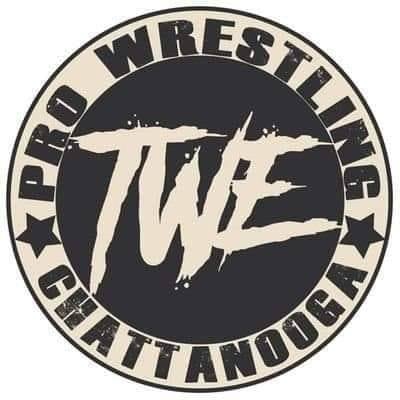
Recently, for a WSP work outing, we went out to our first pro wrestling match at TWE (Total Wrestling Entertainment) in Red Bank. That we were impressed is an understatement. The athleticism and showmanship of the wrestlers involved and the pure, undiluted fun the audience had were a joy to be a part of (as it happens, at the time of writing, their next big match will occur on April 26th). As a publisher that promotes storytelling in all its forms, we wanted to highlight here how storytelling manifests in the performances of pro wrestlers.

While wrestling as a sport has been common in numerous cultures for thousands of years, professional wrestling in an American context (that is, as sports entertainment rather than a pure sport) can be traced back to the Gold Dust Trio of the 1920’s, three wrestlers turned buisnessmen who began the modern business model of running wrestling promotions and maintaining a stable of regular wrestlers. Their goal was to put on a good show, rather than simply exhibiting competitive wrestling, which evolved into modern wrestling’s penchant for characters and ongoing storylines.
So what kind of stories get told in the ring?
Professional wrestling is rife with jargon–two of the most important terms for us here are the terms ‘Face’ and ‘Heel.’ Faces are the heroes or protagonists of the ring; they typically fight fair, stand for justice and sportsmanship, or otherwise act as the leads of many storylines, facing off against the Heels, or bad guys, who might be cowards, use cheap tricks, and generally act with mustache-twirling villainy.

Rivalries and feuds are often the driving force of storylines. Two or more wrestlers, maybe a Face and a Heel, or any other combination, will be promoted as having a beef with one another, both for grievances in the ring and outside the ring. Audiences can follow the feud from one card [wrestling event] to another, with tension building until an inevitable triumph of one over the other. Wrestlers often have character arcs, playing up a perception of their being an underdog, a hothead, arrogant, weasly, with matches playing off these traits and developing them. An underdog goes up against an arrogant champion–there’s back and forth, with the underdog being down in the first few minutes of the round, before coming back in the last few minutes to win it–and who the characters are at the end of the match rolls over into new cards. Maybe the arrogant champion fights well and is humbled; this could be the start of his ‘turning Face,’ or becoming a good guy or protagonist in his own right. On the other hand, maybe the underdog is a sore winner, ‘turning Heel,’ and becoming someone the audience loves to hate.

One of the most unique parts of wrestling is the audience investment. Cheers, boos, insults, applause, is all a participation in the story being told, making you, the viewer, a character almost as much as the wrestlers themselves. There’s no Heel without the crowd’s hisses, and no Face without their chanting his praise.
As story lovers, we absolutely recommend you visit your local wrestling circuit. There aren’t many stories–movies, novels, or video games–where you, as yourself, are asked to become a character and an important thread in the fabric of the narrative. Your agency in the story being told in the ring is part of what makes pro wrestling so special and so beloved by millions.




